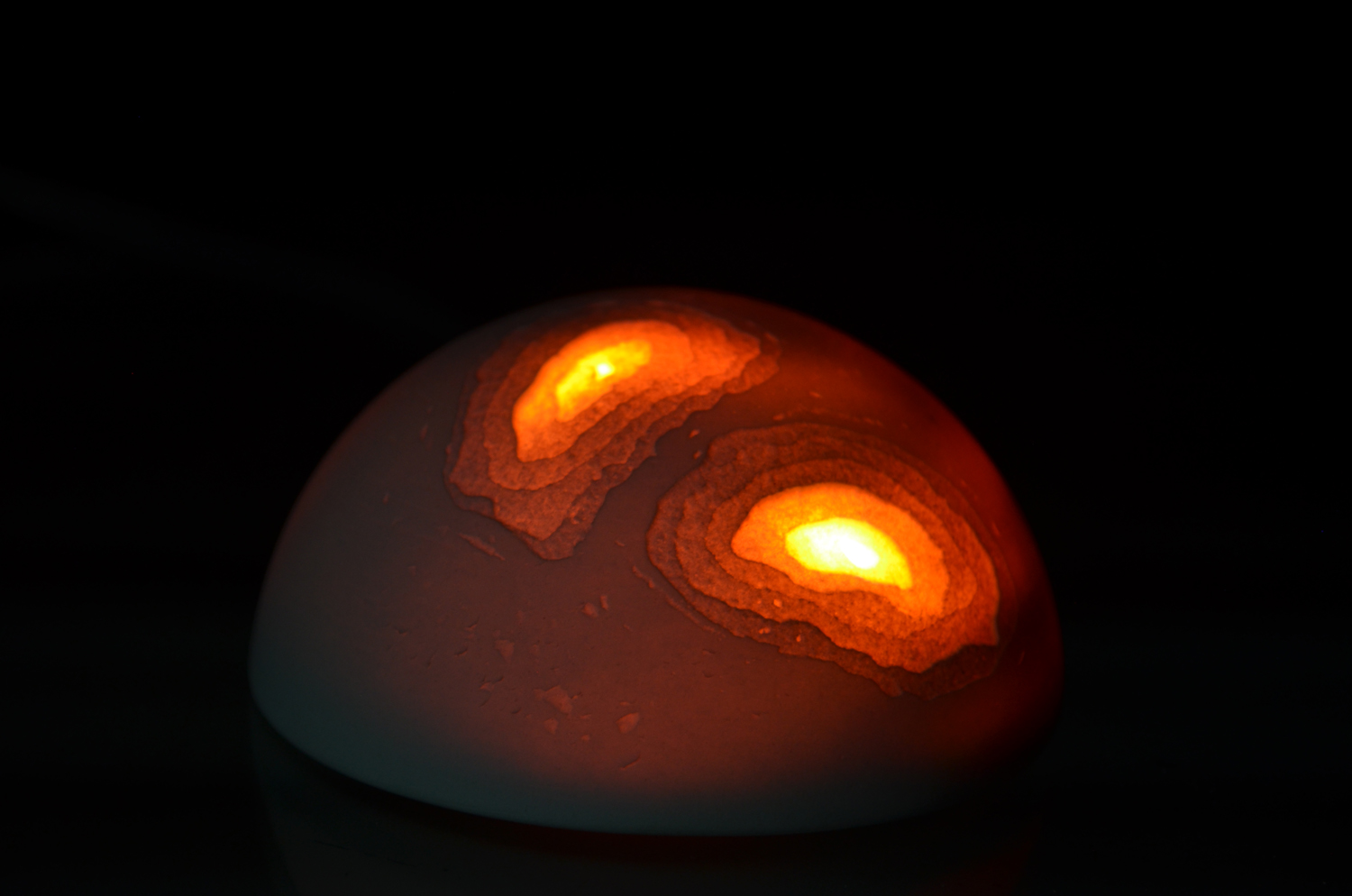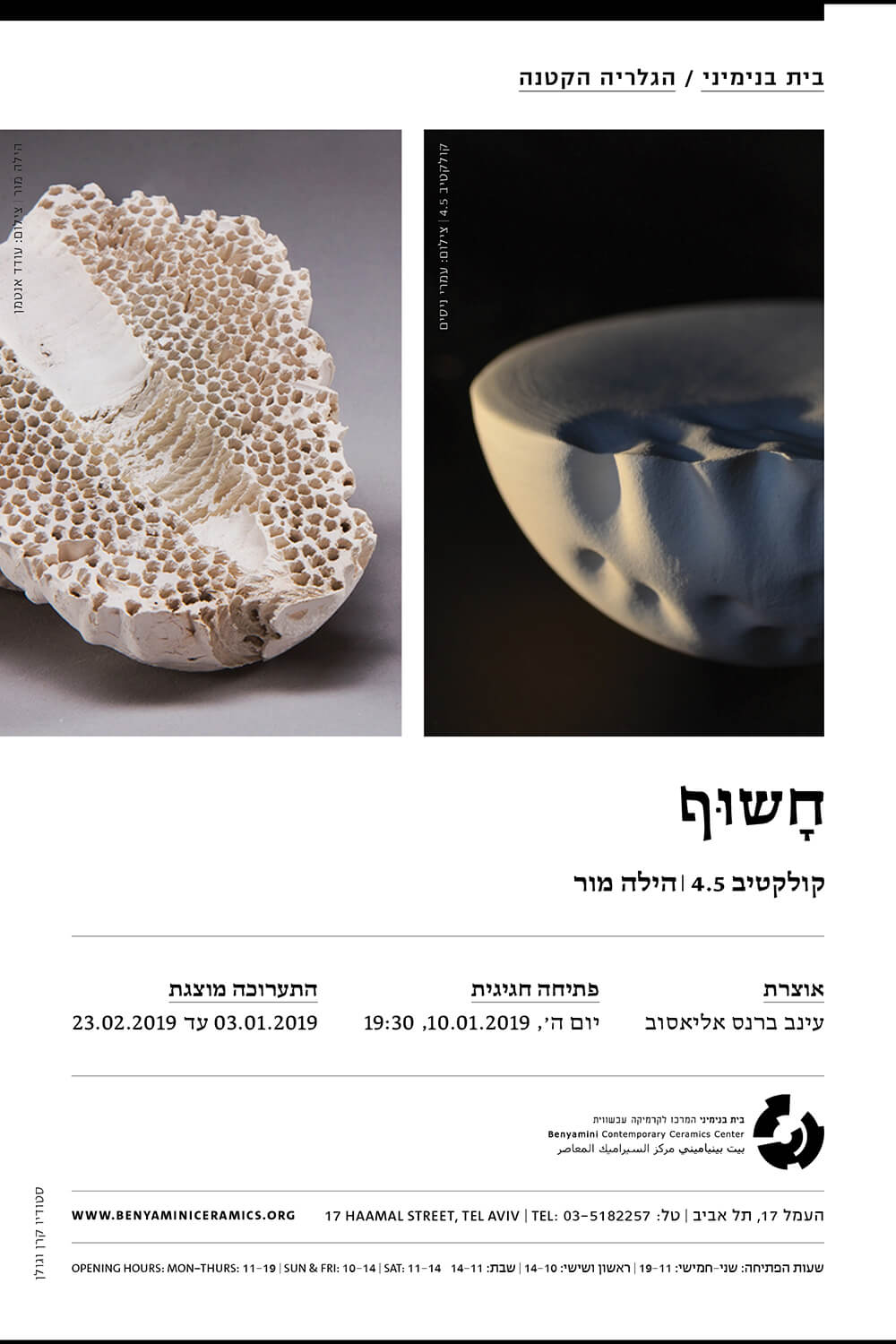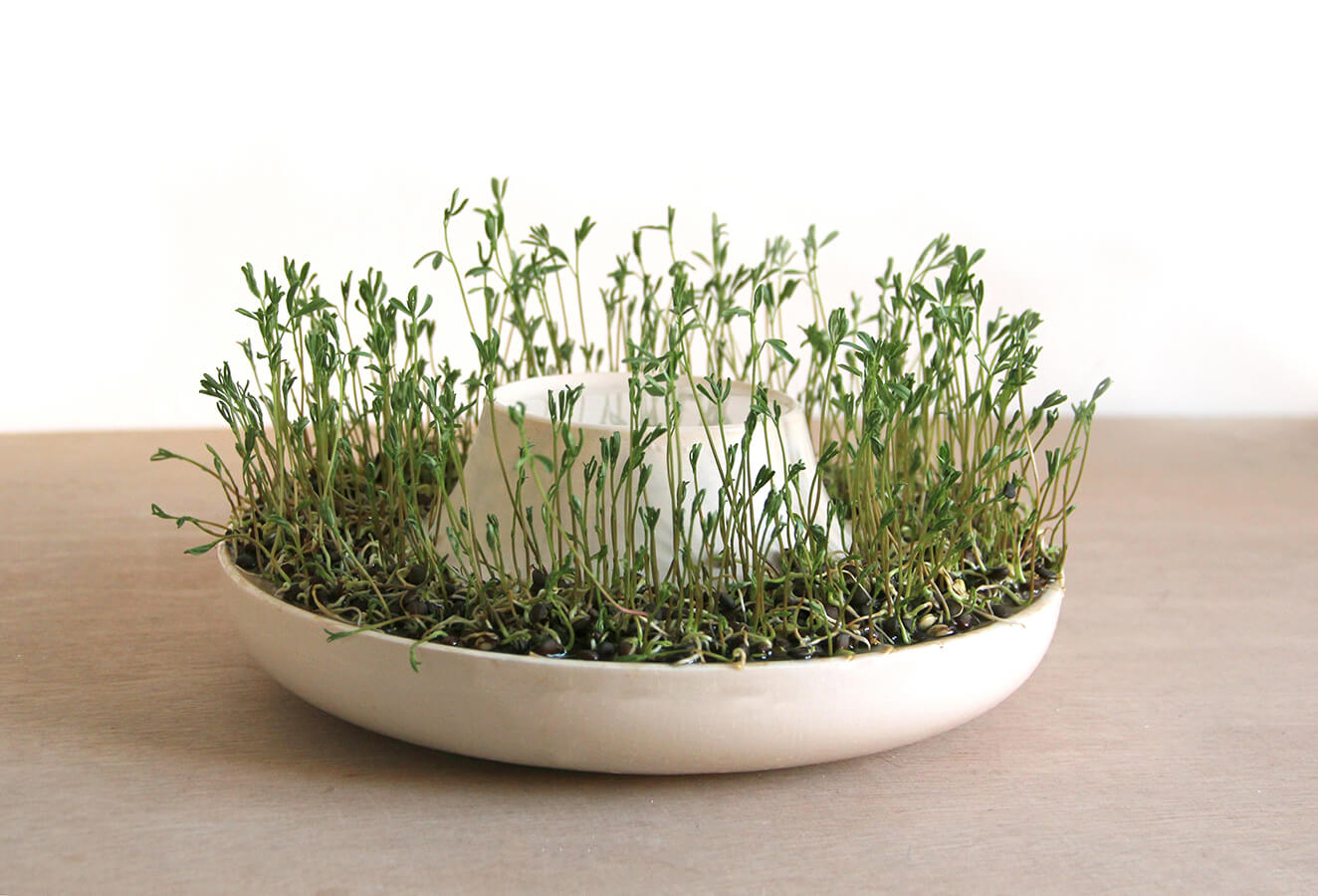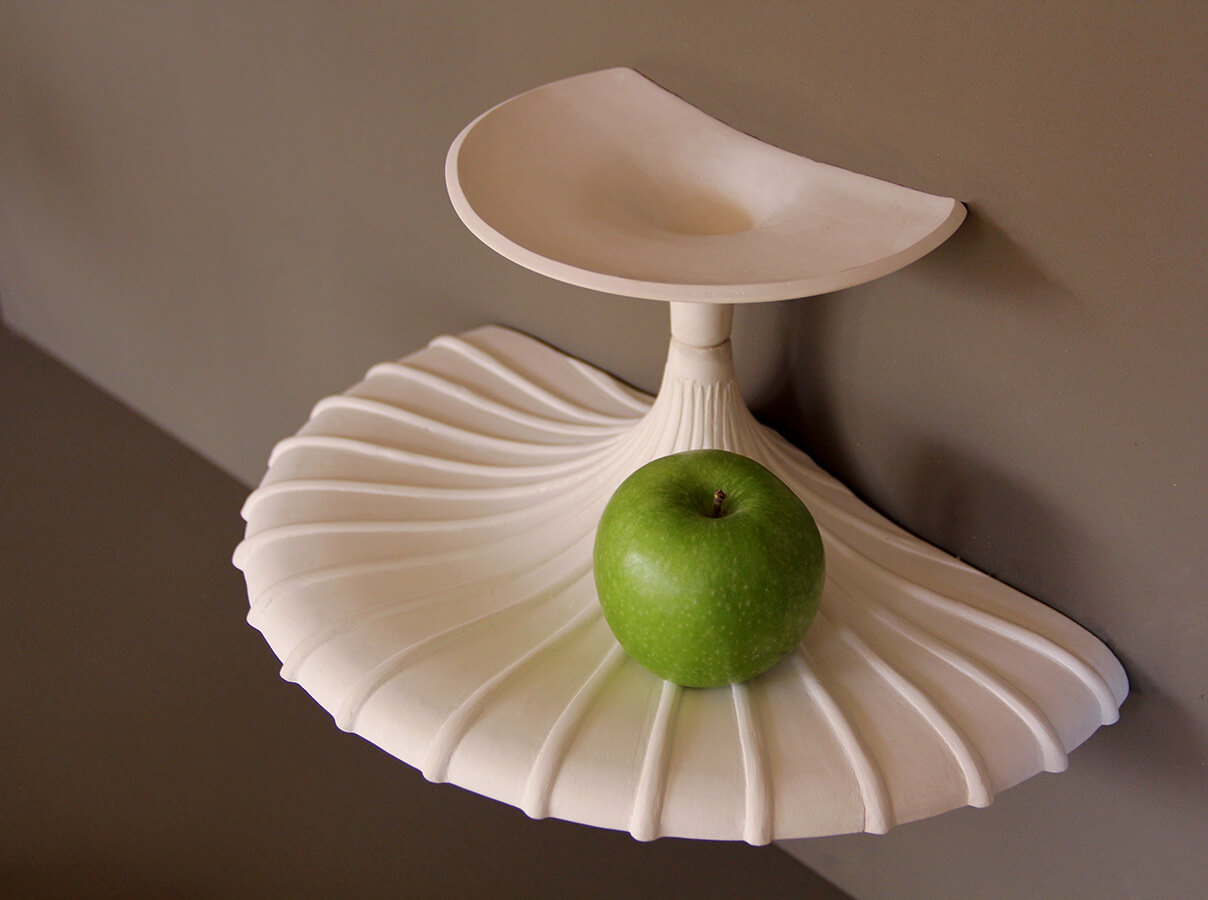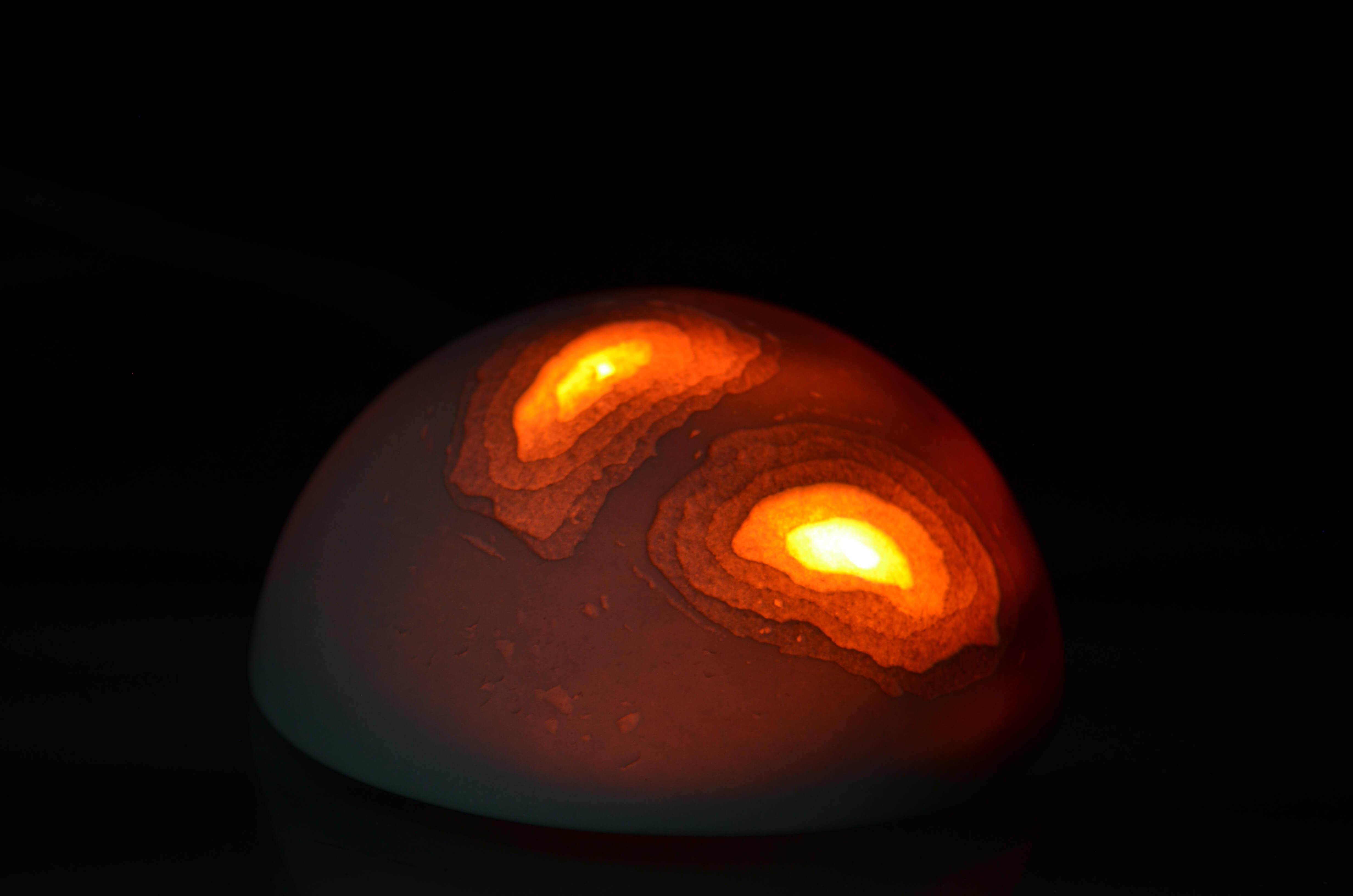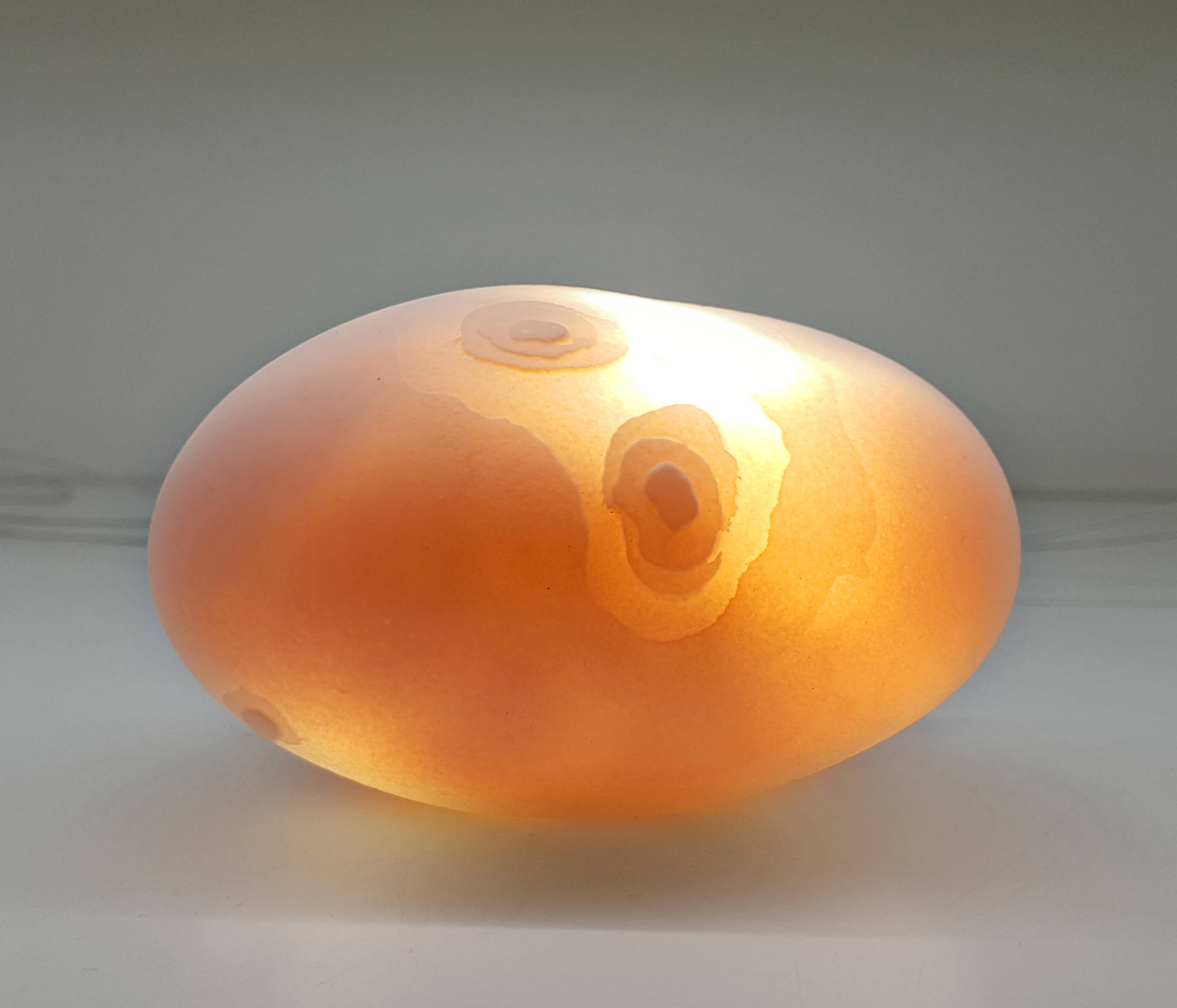Curator: Einav Baranes Eliassov
Opening: 3/1/2019 (Festive opening: 10/1/2019 at 19:30)
Closing 23/2/2019
Artists: Collective 4.5 – Rotem Gruber, Omri Nissim, Adam Shalev and Hila Mor
The exhibition Exposed, will present research processes that concern the natural characteristics of clay.
Collective 4.5 – Rotem Gruber, Omri Nissim, Adam Shalev – in their work elevations – material mapping, they examine “white gold” – porcelain as a material with unique characteristics: it is noble, strong, white, water resistant, translucent and one of the most challenging materials in the ceramic world. In their research project they challenged the cultural character of porcelain by eroding the surface through sandblasting.
This technique enabled them to penetrate the surface to different levels, removing layer after layer. The varying thickness alters the translucency and gives a feeling of depth. They refer to the image of elevation and contour lines in topographical maps that indicate height and shape of mountains, hills, craters, etc. In addition, the elevations are also an indication of the firing temperature; the higher the temperature, the rate of erosion is slower.
Hila Mor in her work examines the movement of water in clay as in plants. This interaction facilitates processes such as filtering, cooling, transferring and changing of color. These material characteristics together with 3D printing of clay allows for control of the inner structure of the material and reviewing the functions.
Through planning and design of complex structures in vessels, the water can be routed as desired. The vessels made by Hila Mor are a contemporary take on traditional containers and dialog with history and material culture as opposed to technological innovation.
- Drinking – water filters
- Eating – germinating pots
- Preservation – cooling fruit and vegetables
As in plants, clay naturally absorbs water and the vessels are based on this characteristic; “watering” changes the color of clay that is fired at a low temperature and indicates the hydration. When the pots are wet the color is brighter and dry pots are paler, indicating they require “watering”.
Final project of the Industrial Design Faculty, Bezalel, 2016, under the guidance of Prof. Ido Bruno

